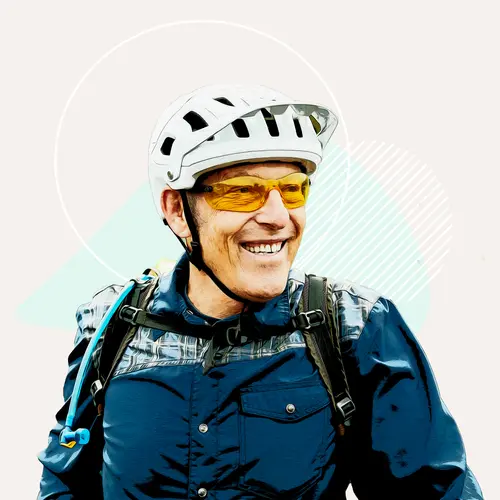Running is a good cardio workout that works all of your major muscle groups and gets your heart rate up and your blood pumping.
The CDC recommends that adults get at least 150 minutes of moderate activity each week. You can average this out to 30 minutes 5 days per week. If you prefer more vigorous activity – like running – you can aim for 75 minutes per week instead. This averages out to only 15 minutes 5 days per week.
About Running
When you start a run, your body moves from a resting state to an active one. Your breathing deepens and becomes heavier. Your pulse speeds up as your blood pumps faster through your body to send oxygen to your muscles and brain.
As you set your pace, your body releases hormones called endorphins. These add to the “runner’s high” that many runners talk about after a vigorous workout. The endorphins help keep your muscles from feeling pain during your run and improve your mood.
Which Muscles Are Used in Running?
When you run, your muscles propel you in a forward motion. It’s not just your legs doing the work. Your entire body is engaged in your running effort.
At the beginning of your stride, when your foot hits the ground, your quadriceps – the large muscles on the front of your thigh – are doing most of the work. As your body moves forward, the effort shifts into your gastrocnemius muscles. These are on the upper back of your calf.
Research shows that arms don’t add to your forward motion. But your arms are busy counterbalancing the momentum of your lower half. Most of your muscles are engaged during a run, but your quadriceps and gastrocnemius get credit for doing the most work.
Benefits of Running
Higher endorphin levels. Endorphins create an overall sense of well-being. You may feel good while you run, or you may be in a better mood afterward. You may have a distinct runner’s high or just a better overall mood. Each person is different.
Better sleep. When you get your energy up and your blood pumping with a vigorous exercise like running, you get a more restful night’s sleep. Better sleep quality may lead to:
- Faster metabolism
- Improved organ function
- More physical energy
- Mental clarity
Lower risk of depression. One of the most common mental health conditions – depression – can become a downward spiral of draining symptoms and even make physical illnesses worse. Running may lessen the effects of depression in your life.
Better bone density. The physical impact of running is known to boost your bone density. If you’re at risk for thinning bones (or osteoporosis), running lowers the chance of broken bones as you age.
Stronger muscles. When you run, all of your major muscle groups are engaged. Your legs work to move you forward. Your arms provide balance. Your core is engaged in keeping you strong and steady.
More endurance. Running challenges your body in ways that many other activities don’t. When you run, you build up your endurance for everyday things that you may otherwise not have the energy for.
Risks of Running
Running is safe as long as you keep good form and are careful of your surroundings. With any physical activity, there is a risk of injury. Most running injuries come from overuse. This includes:
- Runner’s knee. You may have pain from your kneecap rubbing on your thigh bone.
- Achilles tendon pain. This is pain that runs from your heel up to the bottom part of your calf. This area may be stiff or overworked from the repetitive motion of running.
- Shin splints. The force of your feet hitting the ground may drive pain up the front of your legs. Shin splints are usually caused by inflammation when you don’t allow your body to rest.
- Stress fractures. You may have from minor breaks in your bone that cause discomfort and pain.
Make sure you listen to your body and slow down when you need to. This may mean taking days or weeks off from your running routine to prevent injury.
Talk to your doctor before starting a running plan. They can discuss any health conditions and your overall health. If you’re a beginner, take it slow and ease into running.

